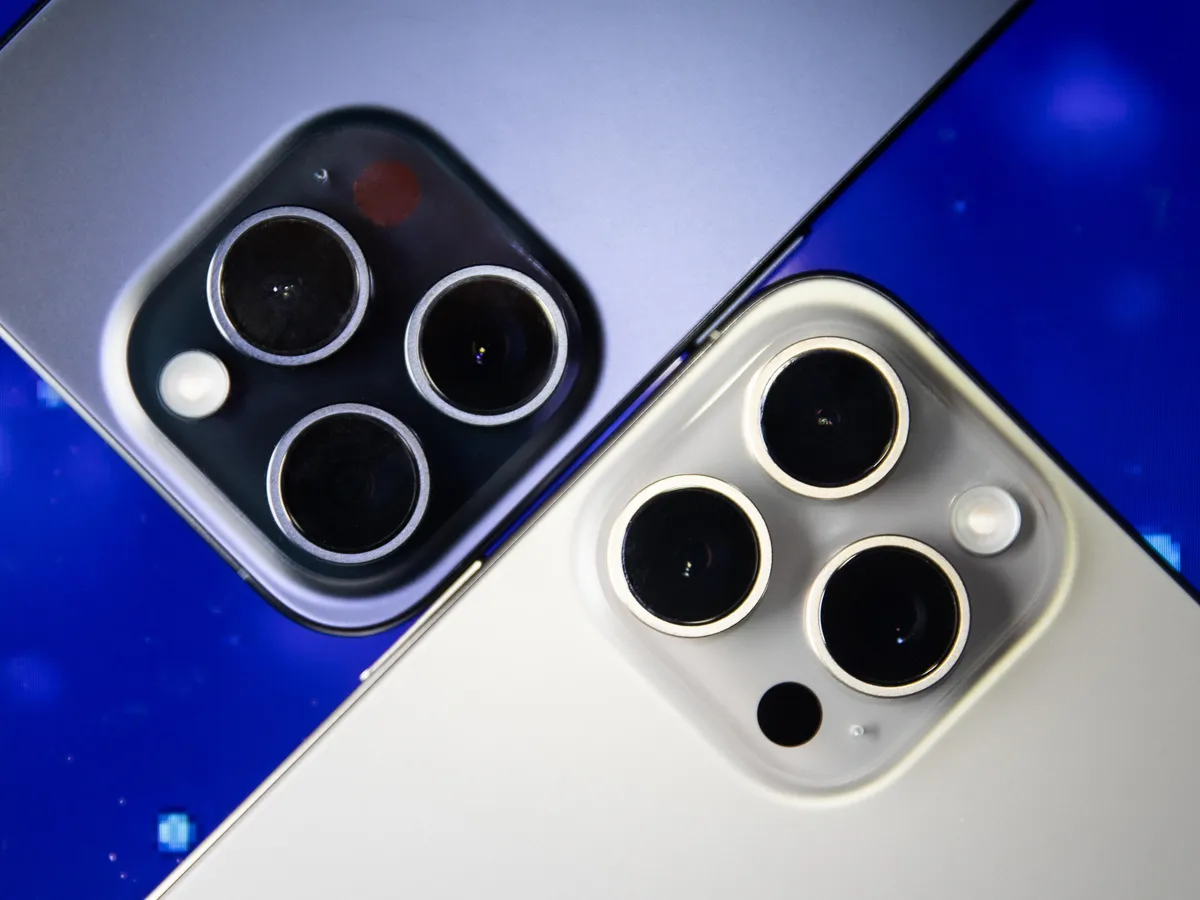The iPhone 15, like all high-performance devices, can sometimes experience overheating issues. If you’ve noticed your iPhone getting uncomfortably warm, don’t worry. Here are some practical tips and tricks to help you cool down your device and prevent future overheating problems.

Understanding Why Your iPhone 15 Overheats
Before diving into solutions, it’s important to understand why your iPhone might be overheating. Common causes include:
- Intensive Use: Running high-performance apps or games for extended periods.
- Environmental Factors: Exposure to direct sunlight or high temperatures.
- Background Processes: Apps running in the background that consume significant resources.
- Faulty Software: Bugs or issues in the current iOS version.
- Hardware Issues: Potential hardware malfunctions or battery issues.
Quick Fixes to Cool Down Your iPhone 15
1. Close Unnecessary Apps
Running multiple apps simultaneously can cause your iPhone to overheat. Close apps that you’re not using by swiping up from the bottom of the screen and swiping the apps away.
2. Remove the Case
While cases protect your phone, they can also trap heat. If your phone is overheating, try removing the case to allow for better heat dissipation.
3. Turn Off Unused Features
Features like Bluetooth, Wi-Fi, and GPS can generate heat. Turn off these features when not in use:
- Swipe down from the top-right corner to access the Control Center.
- Toggle off Bluetooth, Wi-Fi, and Location Services.
4. Lower Screen Brightness
A bright screen can contribute to overheating. Reduce the screen brightness:
- Open Settings.
- Go to Display & Brightness.
- Adjust the brightness slider to a lower setting.
5. Avoid Direct Sunlight
Keep your iPhone out of direct sunlight and hot environments. If you’re outside, keep it shaded or in a cooler place.
Advanced Solutions for Persistent Overheating
6. Update Your iPhone
Software updates often include bug fixes and improvements that can help manage heat better. Ensure your iPhone is running the latest iOS version:
- Go to Settings.
- Tap General.
- Select Software Update.
7. Reset All Settings
Resetting your settings can resolve software-related issues causing overheating:
- Go to Settings.
- Tap General.
- Select Reset.
- Choose Reset All Settings.
8. Perform a Factory Reset
If other solutions fail, a factory reset can eliminate persistent software issues. Note: This will erase all data on your device. Back up your data before proceeding.
- Go to Settings.
- Tap General.
- Select Reset.
- Choose Erase All Content and Settings.
9. Restore from a Backup
If a factory reset resolves the issue, restore your data from a backup:
- After the reset, follow the setup instructions on your iPhone.
- Choose Restore from iCloud Backup or Restore from Mac/PC.
Preventing Future Overheating
10. Monitor App Usage
Regularly check which apps consume the most battery and resources:
- Go to Settings.
- Tap Battery.
- Review Battery Usage by App.
11. Use Power-Saving Mode
Enabling Low Power Mode can help reduce heat generation by limiting background processes and visual effects:
- Go to Settings.
- Tap Battery.
- Toggle on Low Power Mode.
12. Keep Your iPhone Clean
Dust and debris can block ventilation and contribute to overheating. Regularly clean your iPhone’s ports and exterior with a soft, dry cloth.
13. Avoid Heavy Use While Charging
Using your iPhone heavily while charging can cause it to overheat. Try to minimize usage during charging times.

When to Seek Professional Help
If your iPhone 15 continues to overheat despite trying these solutions, it might be time to contact Apple Support or visit an Apple Store. Persistent overheating can indicate a deeper hardware issue that requires professional attention.
The iPhone 15, like many high-performance devices, can sometimes experience overheating issues. This can be due to a variety of factors, including intensive use, environmental conditions, background processes, software bugs, or even hardware malfunctions. Understanding these potential causes is the first step in addressing the problem effectively.
One of the quickest ways to cool down an overheating iPhone 15 is by closing unnecessary apps. Running multiple applications simultaneously can strain the processor, generating excess heat. Additionally, removing the phone case can help as it often traps heat, preventing proper dissipation. Users should also turn off features like Bluetooth, Wi-Fi, and GPS when they’re not needed, as these can contribute to heat buildup. Lowering the screen brightness and keeping the device out of direct sunlight can further help in reducing temperature.
For more persistent overheating issues, more advanced solutions might be necessary. Ensuring that the iPhone is running the latest iOS version can help, as software updates often include fixes for performance issues. If the problem continues, resetting all settings or performing a factory reset might be required. However, it’s important to back up all data before performing a factory reset, as it will erase all content on the device.
Preventative measures are also crucial in maintaining an optimal temperature for your iPhone. Regularly monitoring app usage to see which applications consume the most resources can help identify potential culprits. Using power-saving mode can also reduce the load on the processor, thereby generating less heat. Keeping the device clean from dust and debris, and avoiding heavy use while charging, are additional steps that can prevent overheating.
If all these solutions fail to resolve the overheating issue, it may be necessary to seek professional help. Persistent overheating could indicate a deeper hardware problem that requires expert attention. Contacting Apple Support or visiting an Apple Store can ensure that any underlying issues are properly diagnosed and repaired, helping to keep your iPhones 15 in top condition.
Conclusion
Overheating can be a frustrating issue, but with the right steps, you can keep your iPhone 15 cool and functioning optimally. By understanding the causes and applying these fixes, you can enjoy a smoother and cooler smartphone experience. If all else fails, don’t hesitate to seek professional help to ensure your device stays in top condition.
Do you have gadget glitches? No worries! 🛠️ From laptops 🖥️ to iPhones 📱, MacBooks 💻 to iPads, and even Samsung, Android phones, and all other major brands, we’ve got you covered! 💼 Our team offers swift and reliable repairs for all your digital needs. 🚀 Visit digimob.com.au today!
FAQs
Are iPhone 15s Still Overheating?
Yes, some users have reported that their iPhone 15 devices still experience overheating issues. Despite various software updates aimed at mitigating these problems, certain conditions can still cause the phone to heat up excessively. Factors such as running intensive apps, exposure to high temperatures, and hardware-related issues can contribute to this overheating. Apple continues to work on optimizing its devices, but occasional overheating can still occur under specific circumstances.
Why Does My iPhone 15 Get So Hot While Charging?
When your iPhone 15 gets hot while charging, several factors could be at play:
- High Ambient Temperature: Charging in a hot environment can cause extra heat.
- Heavy Usage During Charging: Using power-intensive apps or features while charging increases temperature.
- Faulty Charging Cable or Adapter: A damaged or non-certified charger can cause inefficient charging and generate excess heat.
- Background Processes: Apps running in the background or installing software updates during charging can produce additional heat.
- Battery Health: A deteriorating battery can contribute to overheating during charging.
Is the iPhone 15 Having Problems?
Yes, the iPhone 15 has encountered some reported issues, with overheating being a notable concern among users. Despite Apple’s efforts to optimize the hardware and software, certain conditions can still cause the device to overheat. These issues are often tied to intensive app usage, environmental factors, or hardware and software inefficiencies. Besides overheating, other reported problems include battery drain, connectivity issues, and occasional software bugs. Apple frequently releases updates to address these problems, but some users may still experience them under specific circumstances.


